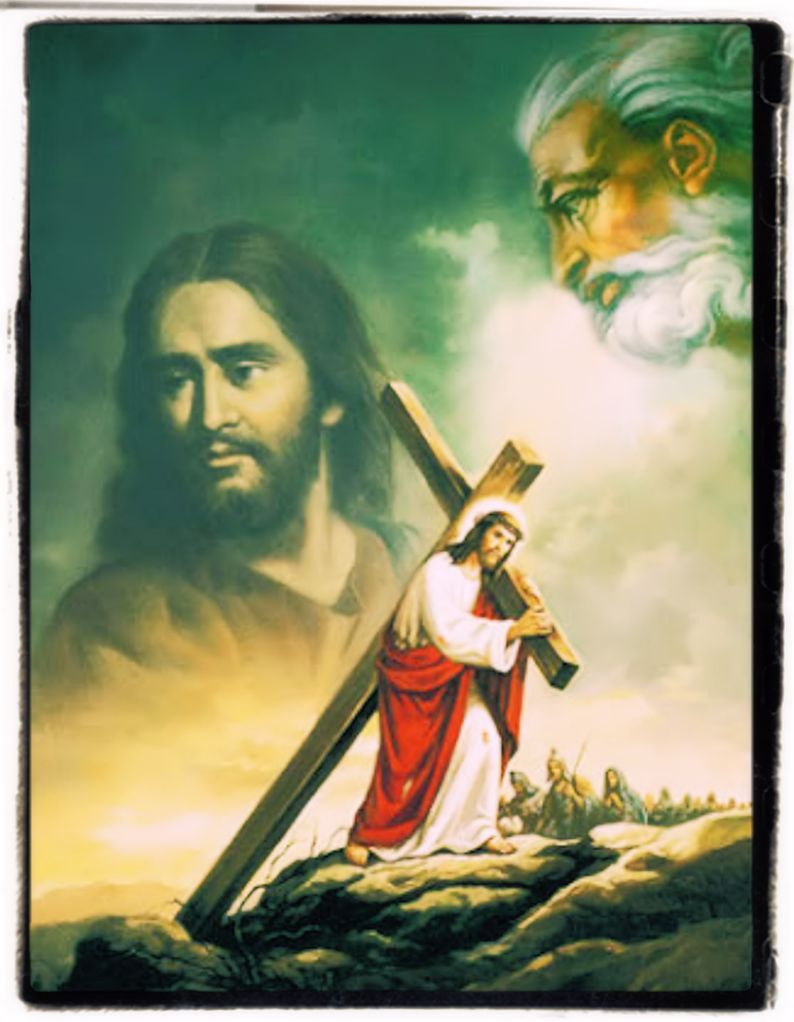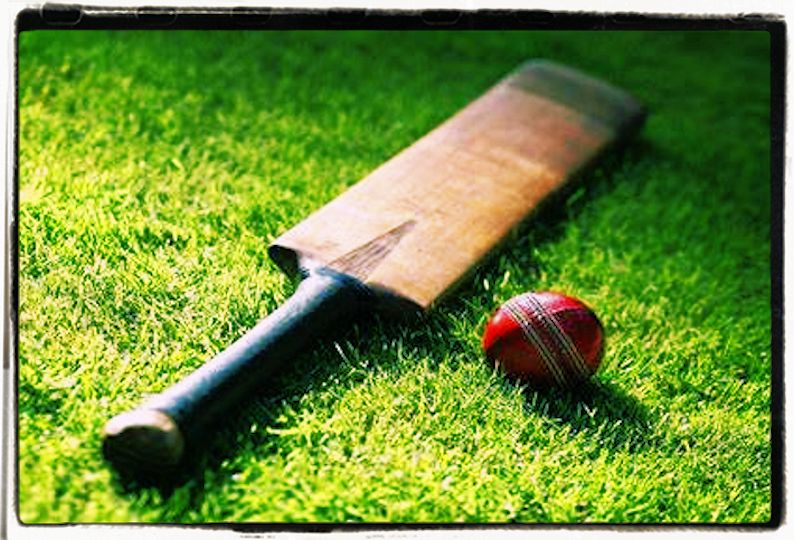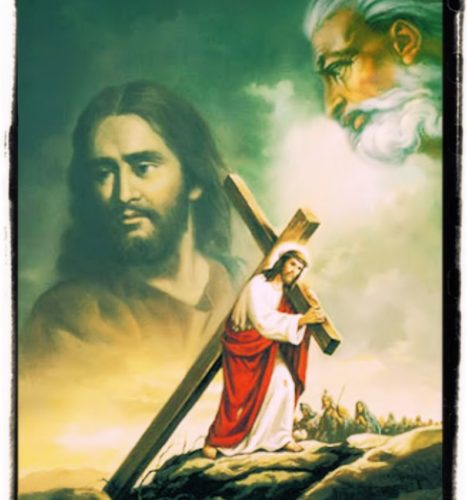
A simple Maths riddle: The battle of English and mathematics
One rabbit saw six elephants while going to the river. Every elephant saw two monkeys going towards the river. Every monkey holds one parrot in their hands.
How many “animals” are going towards the river ?
The answer to the simple Maths riddle is:
5 Animals.
Well done if you got it right.
Don’t worry if you did not get the correct answer, just keep an eye for others as we’ll feature our riddles regularly. ????
Why is the answer 5 ?
Let’s go through the question again and talk through the result.
1 rabbit saw 6 elephants while going to the river. <– Therefore, one animal (the rabbit) is going towards the river.
Every elephant saw 2 monkeys going towards the river. <– This is the tricky part, from the sentence it implies each of the 6 elephants saw 2 monkeys going towards the river, hence logically will be 6 x 2 = 12 animals (monkeys) going towards the river.
However, the statement does not explicitly say that “Every elephant saw 2 DIFFERENT monkeys…”, therefore implicit rules apply and infer that the 2 monkeys are the same.
So, the correct answer is that every elephant saw 2 monkeys, and by inference, the 2 monkeys are the same, hence there exists only 2 monkeys which are going towards the river.
Finally, every monkey holds 1 parrot in their hands. <– Therefore, 2 parrots are going towards the river.
So in total, 1 rabbit, 2 monkeys and 2 parrots (5 animals) are going towards the river.
Hope all of you have fun with this simple Maths riddle.

The bat and the ball
Here’s a simple arithmetic question: A bat and ball cost a dollar and ten cents. The bat costs a dollar more than the ball. How much does the ball cost?
The vast majority of people respond quickly and confidently, insisting the ball costs ten cents. This answer is both obvious and wrong. (The correct answer is five cents for the ball and a dollar and five cents for the bat.)
The Correct Answer
The bat and ball quiz is intelligence test that was devised by Shane Fredrick from MIT. It is a test of what type of thinking process you predominately use. Either quickly with little conscious deliberation or slower and more reflective.
Here is how Shane explains why he created the riddle:
Remember that adage about trusting your first instinct? Forget it, says MIT Sloan Professor Shane Frederick, who has developed a simple, three-item test that measures people’s ability to resist their first instinct.
“Do you want someone running your company who doesn’t think beyond their first impulse,” asks Frederick, “or do you want someone who is willing to ask herself, ‘Does this response really make any sense?’” He says that the cognitive reflection test serves as a rough measure of that ability or disposition.
MIT Sloan professor, Shane Frederick, develops new intelligence test article:
http://mitsloan.mit.edu/alumni/pdf/Winter08-InnovationAtWork.pdf
So basically if you answered 10 cents as the price of the ball you rely on your first impulse, system one, as your guidance. But, if you answered correctly then it would have been using reflective objective thinking, system two.
I admit that I first answered 10 cents, but when told it was wrong I then took some time and worked it out.
So the ball costs 5 cents. Can you see why?
The bat was a dollar more than the ball.
This means they both started at the same cost or $1.10 – $1 = 10c 10/2 = 5c
10 is dived by two because there are two items the bat and ball.
So what kind of problem solver are you? Do you use System One (impulse) or System Two (reflective, objective). Feels good to finally have solved the Bat and Ball problem of how much does the ball cost.

The Three Gods
Three Gods A, B, and C are called, in no particular order, True, False, and Random. True always speaks truly, False always speaks falsely, but whether Random speaks truly or falsely is a completely random matter.
Your task is to determine the identities of A, B, and C by asking three yes-no questions; each question must be put to exactly one God. The Gods understand English, but will answer all questions in their own language, in which the words for yes and no are “da” and “ja”, in some order. You do not know which word means which.
It could be that some God gets asked more than one question (and hence that some God is not asked any question at all).
What the second question is, and to which God it is put, may depend on the answer to the first question. (And of course similarly for the third question.)
Whether Random speaks truly or not should be thought of as depending on the flip of a coin hidden in his brain: if the coin comes down heads, he speaks truly; if tails, falsely.
Random will answer “da” or “ja” when asked any yes-no question.
What would your three questions be?
Answer:
Q1: Ask god B, “If I asked you ‘Is A Random?’, would you say ja?”.
If B answers ja, either B is Random (and is answering randomly), or B is not Random and the answer indicates that A is indeed Random. Either way, C is not Random. If B answers da, either B is Random (and is answering randomly), or B is not Random and the answer indicates that A is not Random. Either way, you know the identity of a god who is not Random.
Q2: Go to the god who was identified as not being Random by the previous question (either A or C), and ask him: “If I asked you ‘Are you False?’, would you say ja?”.
Since he is not Random, an answer of da indicates that he is True and an answer of ja indicates that he is False.
Q3: Ask the same god the question: “If I asked you ‘Is B Random?’, would you say ja?”.
If the answer is ja, B is Random; if the answer is da, the god you have not yet spoken to is Random. The remaining god can be identified by elimination.

